The End of Eurasian Brotherhood? Azerbaijan Reconsiders Its Friends
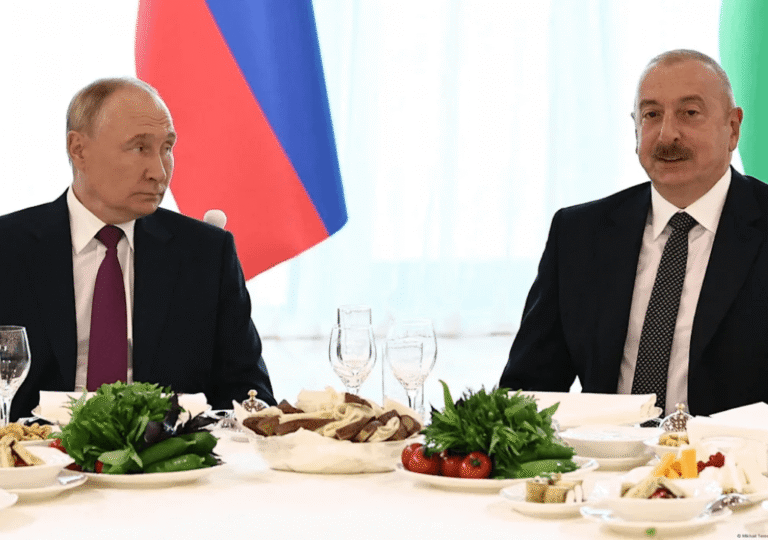
Is Azerbaijan moving away from Russia’s influence? Explore the shifting dynamics, growing ties with Turkey, and what this means for the South Caucasus.

Is Azerbaijan moving away from Russia’s influence? Explore the shifting dynamics, growing ties with Turkey, and what this means for the South Caucasus.
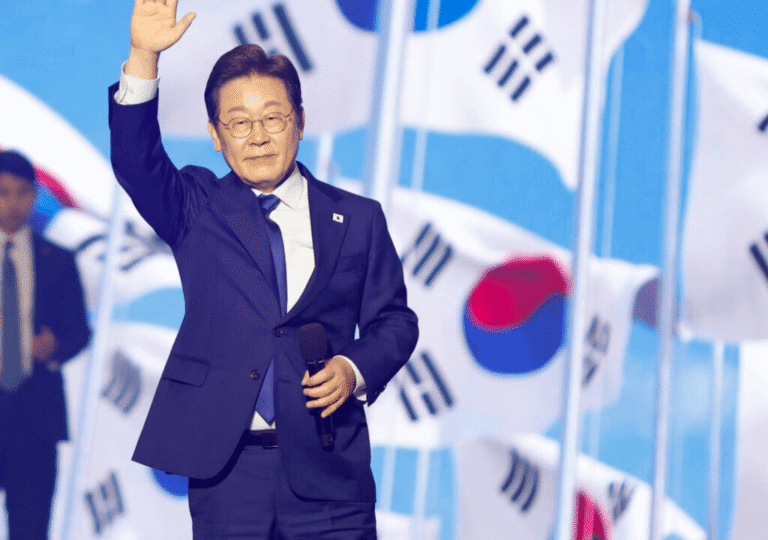
With a new administration in Seoul, will South Korea shift its approach to China? Explore how President Lee’s foreign policy could reshape South Korea–China relations amid regional tensions and economic interdependence.
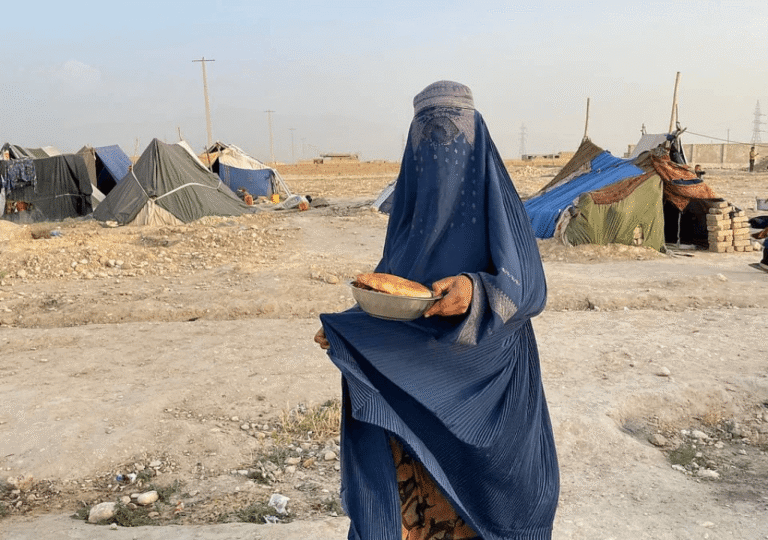
As countries engage diplomatically with the Taliban, concerns grow over the lack of progress on human rights. Is the Islamic Emirate inching toward global recognition despite these issues?
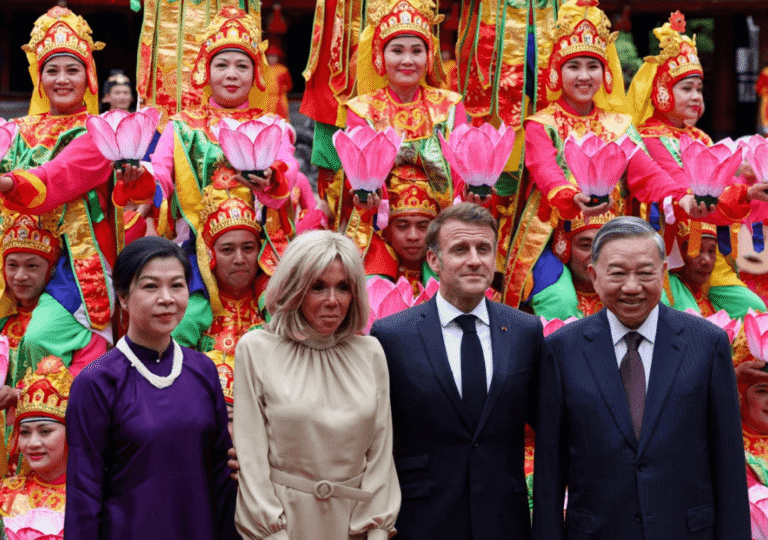
As Vietnam navigates the U.S.-China rivalry, could deeper ties with France offer a stable "Third Way" in trade, defense, and strategic cooperation?
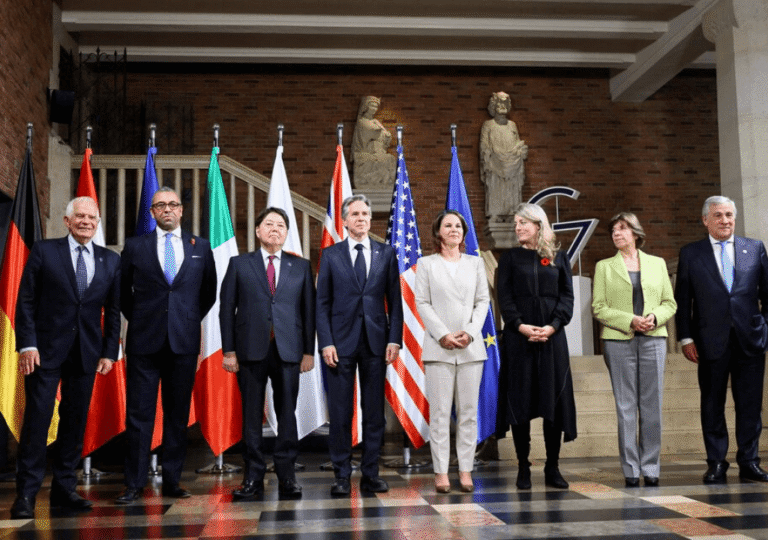
At the latest G7 finance ministers' meeting, the world’s top economies joined forces to address China’s trade practices, signaling a shift toward unity and strategic alignment.
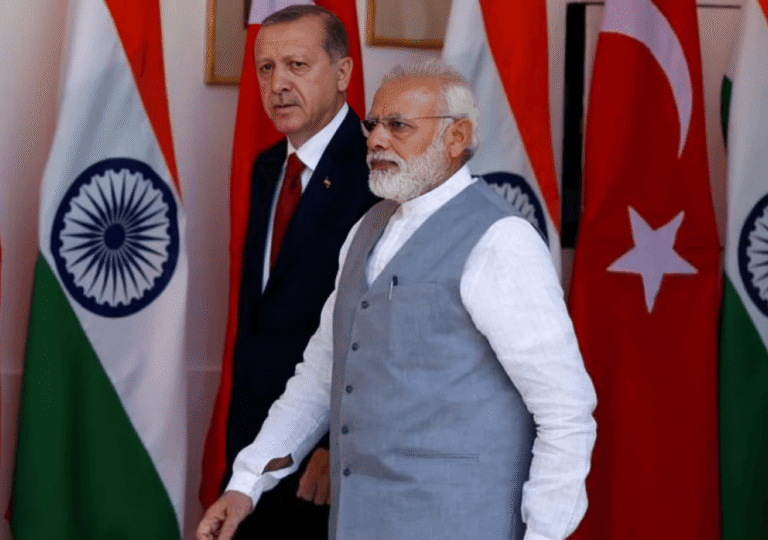
A detailed exploration of the diplomatic strain between India and Turkey amid recent geopolitical developments.
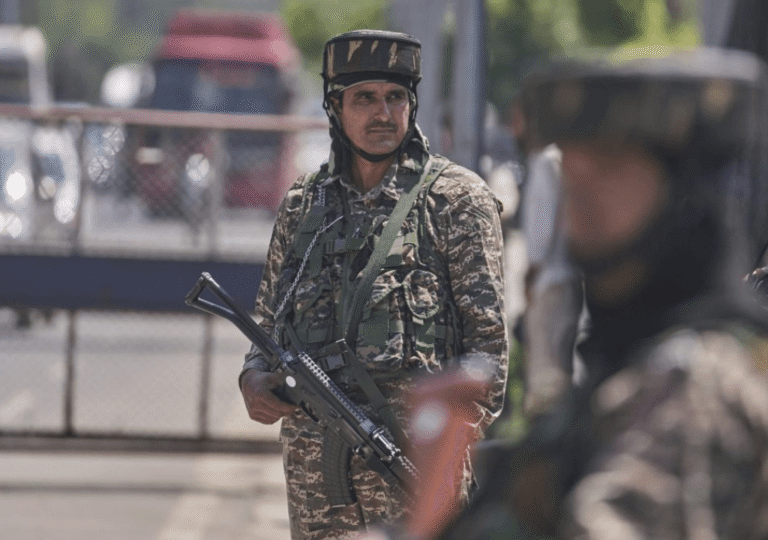
Despite a ceasefire, India and Pakistan remain locked in a fierce disinformation war, with media and officials fueling competing narratives.
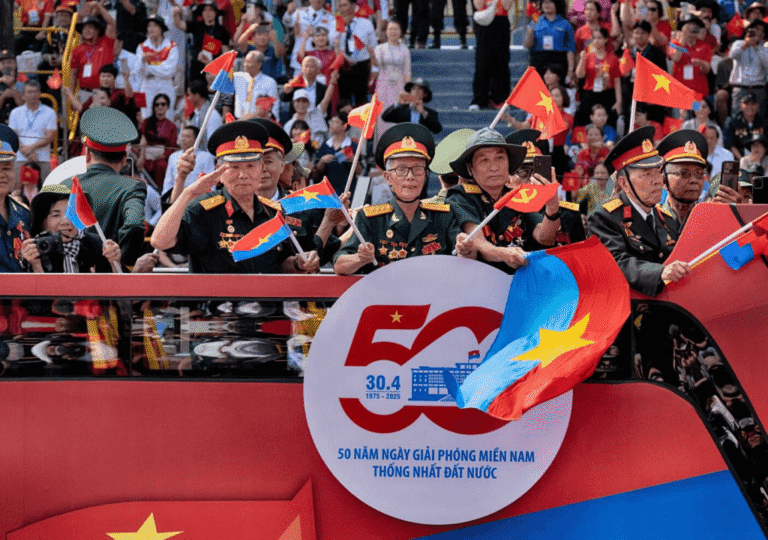
Explore Vietnam's evolving role in global geopolitics fifty years after the end of the war. Discover how the nation navigates shifting alliances and emerging challenges in the 21st century.
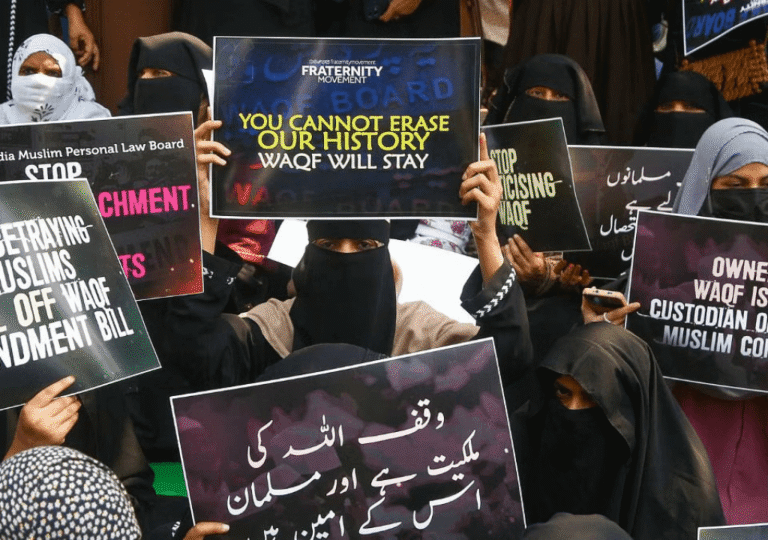
The Waqf Amendment Act 2025 has sparked fresh political and religious debate in India, forcing secular parties to balance Muslim vote bank concerns with growing Hindu nationalist sentiment.
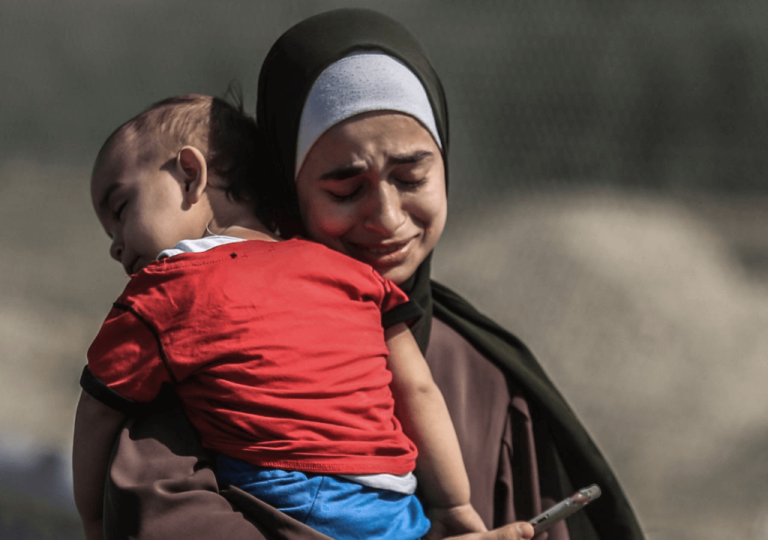
Gazans are fed up with the misery caused by Hamas and have begun protesting against the group. Demonstrations have erupted in northern Gaza over the past week.